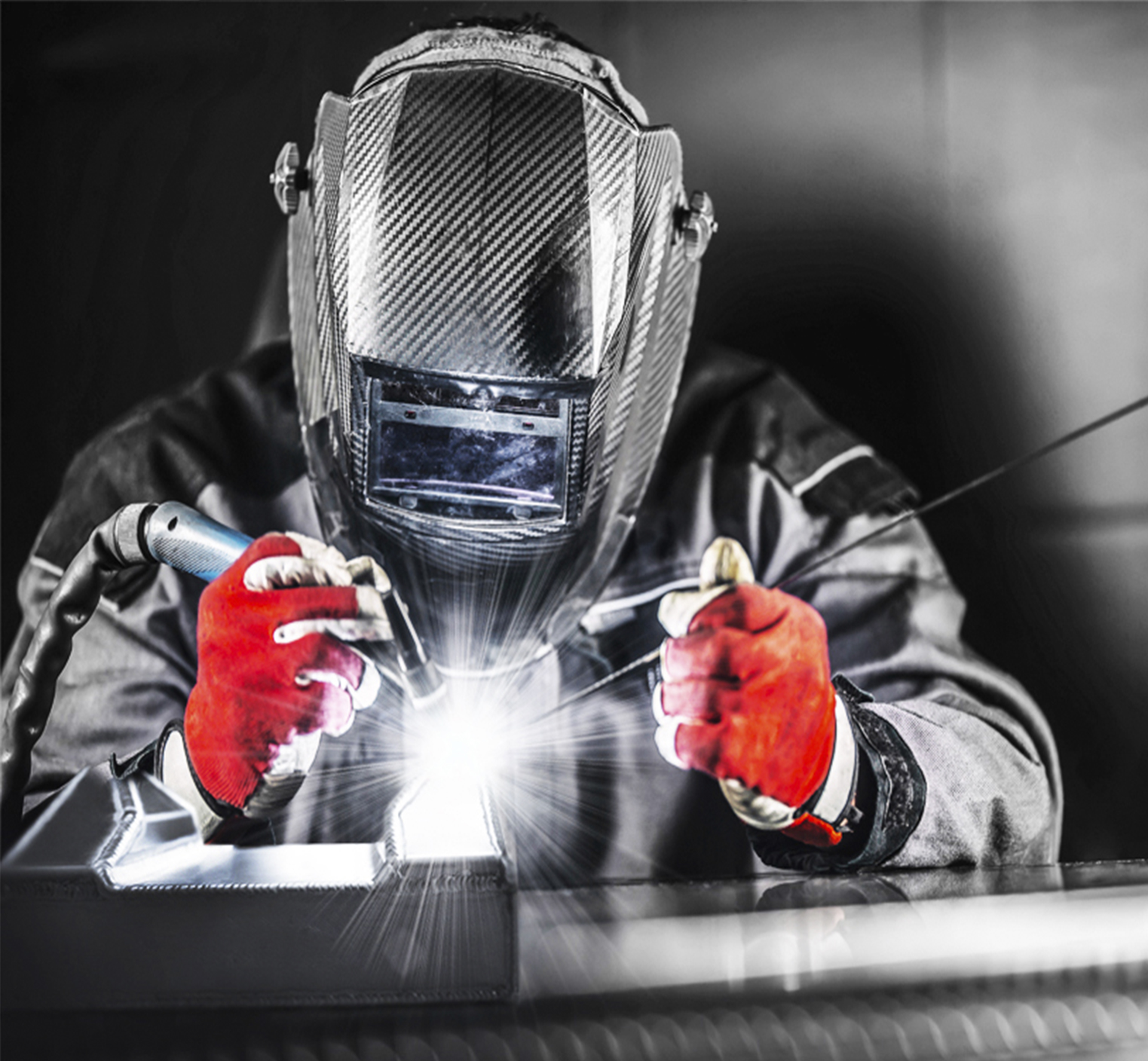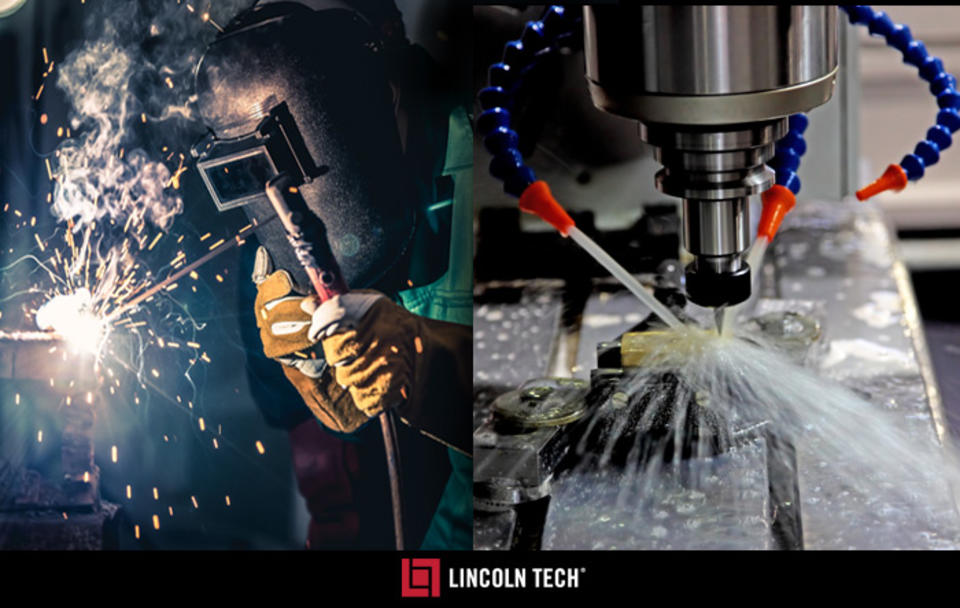Typical Welding Fixing Issues and How to Address Them Properly
Welding fixings commonly run into a variety of concerns that can threaten the stability of the last item. Typical issues include inadequate penetration, porosity, and misalignment, amongst others. Each problem offers distinct obstacles that require details methods for resolution. Comprehending these issues is crucial for welders aiming to enhance their end results and abilities. This discussion will discover these common welding repair work concerns and efficient techniques to resolve them.
Inadequate Penetration
Poor penetration happens when the weld steel falls short to totally fuse with the base product, resulting in weak joints and possible architectural failures. This issue frequently stems from inadequate heat input, incorrect electrode angle, or improper welding speed. Welders may run into poor infiltration because of a miscalculation of the required criteria for a certain product thickness or kind. Additionally, contamination on the base material's surface can prevent effective bonding, exacerbating the issue. To attend to inadequate penetration, welders should ensure ideal settings on their devices and maintain a tidy work surface area. Normal examination of welds is suggested to determine any type of shortages early, enabling prompt modifications and the avoidance of endangered structural stability in welded assemblies.
Porosity
Porosity is a typical issue in bonded joints that manifests as tiny gas bubbles caught within the weld steel. This problem can compromise the integrity of the weld, bring about minimized toughness and prospective failing under anxiety. Montana Mobile Welding and Repair Fabrication. Porosity commonly emerges from contamination, dampness, or incorrect welding techniques, which permit gases to get away right into the liquified weld pool. To resolve porosity, welders need to guarantee appropriate surface area prep work, maintain a tidy workplace, and use ideal welding specifications. Additionally, choosing the best filler product and protecting gas can mitigate gas entrapment. Routine examination and screening of welds can aid identify porosity early, assuring prompt rehabilitative actions are taken, therefore preserving the high quality and dependability of the welded structure
Imbalance
Misalignment in welding can emerge from different factors, consisting of improper arrangement and thermal growth. Recognizing the origin is crucial for effective resolution. Several adjustment techniques are available to straighten components and assure architectural integrity.
Root causes of Misalignment
Welding misalignment typically stems from a selection of underlying issues that can endanger structural honesty. One main cause is incorrect fit-up of components prior to welding, which can result in gaps and uneven surface areas. Variations in thermal expansion during the welding process can additionally cause distortion, specifically if the materials being signed up with have various coefficients of expansion. In addition, poor fixturing and securing might stop working to hold parts firmly in position, resulting in motion during welding. Inadequately kept tools, consisting of welding machines and devices, might present inconsistencies in the weld bead, more adding to imbalance. Driver error, stemming from insufficient training or experience, can likewise play a substantial function in creating misaligned welds.

Correction Strategies Readily Available
Dealing with imbalance properly requires a mix of corrective techniques customized to the details issues available. One usual approach is the usage of fixtures or jigs to hold components in the right setting during welding, guaranteeing consistent alignment. Furthermore, preheating the materials can help in reducing distortion and enhance fit-up. For significant misalignment, mechanical realignment techniques, such as using hydraulic jacks or clamps, can be used to remedy the placement before welding. Post-weld heat treatment may likewise be essential to relieve tensions brought on by imbalance. Mindful assessment and modification throughout the arrangement phase can stop imbalance problems from becoming significant problems, advertising a smoother welding process and boosting total structural stability.
Distortion
Distortion is an usual difficulty in welding that can occur from numerous factors, consisting of irregular heating & cooling. Understanding the causes of distortion is essential for executing effective avoidance strategies. Resolving this concern not just improves structural honesty but also enhances the total high quality of the weld.
Sources of Distortion
When based on the intense warm of welding, materials typically undertake adjustments that can bring about distortion. This sensation primarily develops from thermal expansion and tightening throughout the welding process. As the weld area warms up, the product increases; upon air conditioning, it gets, which can develop internal stresses. Furthermore, unequal home heating throughout a work surface can intensify these tensions, leading to bending or bending. The type of product additionally plays a considerable function; metals with differing thermal conductivity and coefficients of development might react in a different way, resulting in uncertain distortions. Moreover, bad joint design and inadequate fixturing can add to imbalance during welding, enhancing the chance of distortion. Understanding these causes is vital for reliable welding repair work and avoidance techniques.
Prevention Techniques
Effective avoidance techniques for distortion throughout welding emphasis on managing warmth input and making sure appropriate joint design. Keeping a consistent warm input assists to lessen thermal development and tightening, which can lead to distortion. Making use of methods such as pre-heating the workpiece can likewise reduce the temperature level gradient, promoting consistent heating. In addition, selecting proper joint layouts, such as T-joints or lap joints, can boost security and decrease stress focus. Applying appropriate fixturing to secure the workpieces in position better help in preserving alignment throughout the welding process. Lastly, staggered welding sequences can distribute warmth much more evenly, stopping localized distortion. By using these approaches, welders can greatly lower the chance of distortion and improve the overall quality of their welds.
Cracking
Splitting is a common concern run into in welding fixings, usually arising from various variables such as inappropriate air conditioning rates, product selection, or poor joint prep work. The incident of fractures can significantly endanger the stability of the weld, bring about possible failures throughout procedure. To address this problem, welders need to first evaluate the origin, guaranteeing that materials are compatible and appropriately picked for the specific application. In addition, regulating the cooling rate during the welding procedure is vital; rapid air conditioning can induce stress and anxiety and cause fracturing. Proper joint layout and preparation likewise add to minimizing the threat. Implementing these methods can boost weld top quality and resilience, inevitably lowering the likelihood of splitting in finished weldments.

Insufficient Blend
A substantial issue in welding repairs is insufficient combination, which occurs when the weld metal does not sufficiently bond with the base product or previous weld passes - Fabrication. This flaw can result in weak points in the joint, potentially endangering the integrity of the bonded framework. Factors contributing to insufficient combination consist of insufficient heat input, inappropriate welding method, and contamination of the surfaces being signed up with. To resolve this problem properly, welders should ensure appropriate pre-weld cleaning and surface area preparation, in addition to readjust their welding parameters to accomplish appropriate penetration and blend. Regular evaluation during the welding process can additionally assist determine incomplete fusion early, permitting prompt rehabilitative measures to improve the total quality of the weld
Overheating
While welding fixings can boost structural integrity, overheating presents a significant difficulty that can cause product destruction. Extreme warm during welding can change the mechanical residential or commercial properties of metals, causing lowered toughness, raised brittleness, and warping. This phenomenon is especially vital in high-stress applications where structural dependability is critical. Determining getting too hot can entail visual examinations for staining or distortion, along with keeping track that site of temperature during the welding procedure. To reduce the dangers connected with getting too hot, welders need to use appropriate strategies, such as controlling heat input, adjusting travel speed, and utilizing ideal helpful site filler materials. Furthermore, applying pre- and post-weld warmth therapies can aid bring back material residential properties and improve the general quality of the repair service, making certain long-lasting efficiency and safety and security.
Frequently Asked Inquiries
What Are the Typical Signs of a Welding Defect?

How Can I Test My Welds for High quality?
To check welds for high quality, one can use visual examinations, ultrasonic testing, and radiographic techniques. Each method ensures architectural stability, identifies issues, and verifies adherence to defined standards, ultimately improving the dependability of the welded joints.
What Safety Precautions Should I Take While Welding?
When welding, one ought to prioritize safety and security by putting on ideal individual protective equipment, guaranteeing proper ventilation, securing flammable products away, keeping a tidy office, and being conscious of surroundings to stop crashes and injuries.
Can I Fix a Weld Without Remodeling the Entire Joint?
Repairing a weld without redesigning the entire joint is feasible, depending upon the damage (Welding). Techniques such as grinding, adding filler product, or utilizing a welding procedure can successfully deal with specific problems while preserving the surrounding framework
What Tools Are Crucial for Efficient Welding Repairs?
Crucial tools for efficient welding repair services consist of a welding equipment, cable brush, grinder, protective equipment, clamps, and filler materials. Each tool plays a vital function in making certain top quality and safety and security during the repair work procedure. Porosity normally occurs from contamination, moisture, or incorrect welding strategies, which allow gases to leave into the liquified weld swimming pool. Improperly maintained equipment, consisting of welding equipments and tools, might present disparities in the weld grain, more adding to imbalance. When subjected to the intense heat of welding, materials often undertake Going Here changes that can lead to distortion. Fracturing is an usual concern encountered in welding repair work, often resulting from numerous variables such as improper air conditioning prices, product option, or insufficient joint prep work. A substantial concern in welding fixings is insufficient blend, which takes place when the weld steel does not properly bond with the base material or previous weld passes.